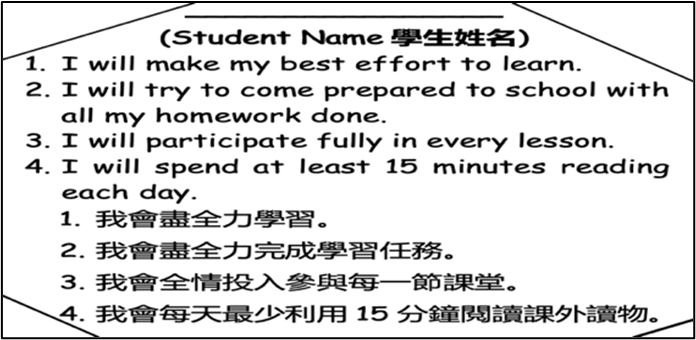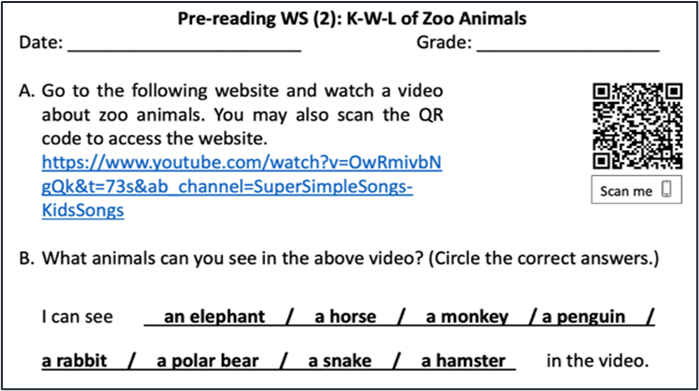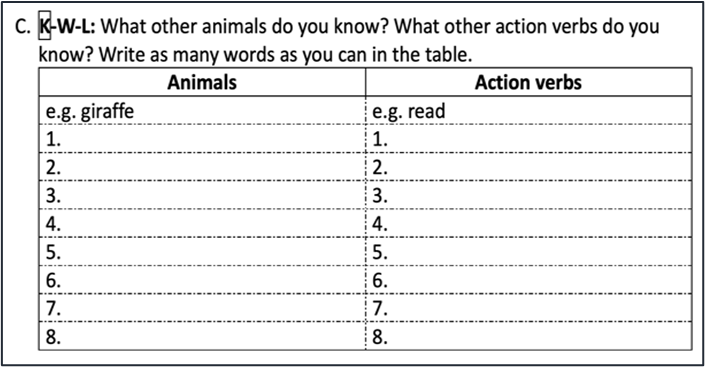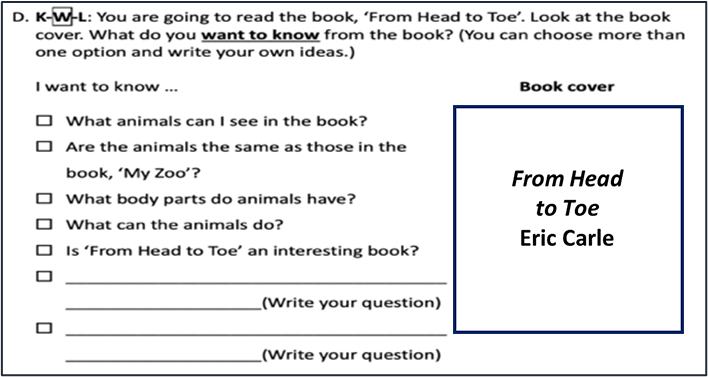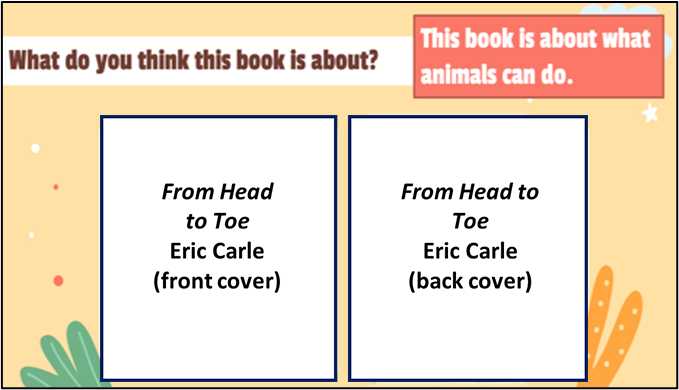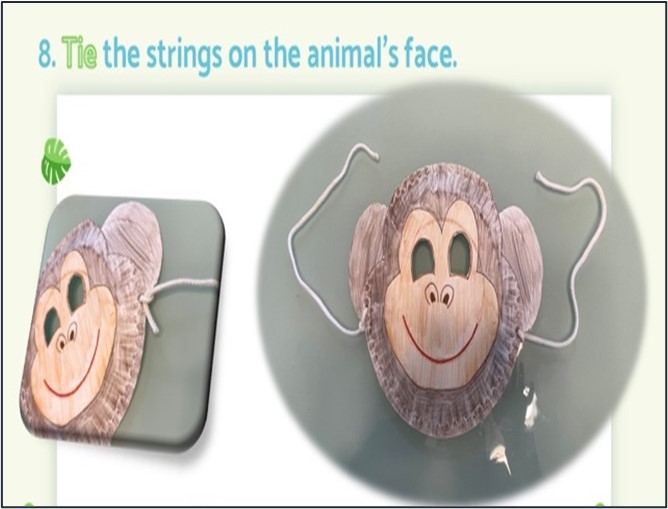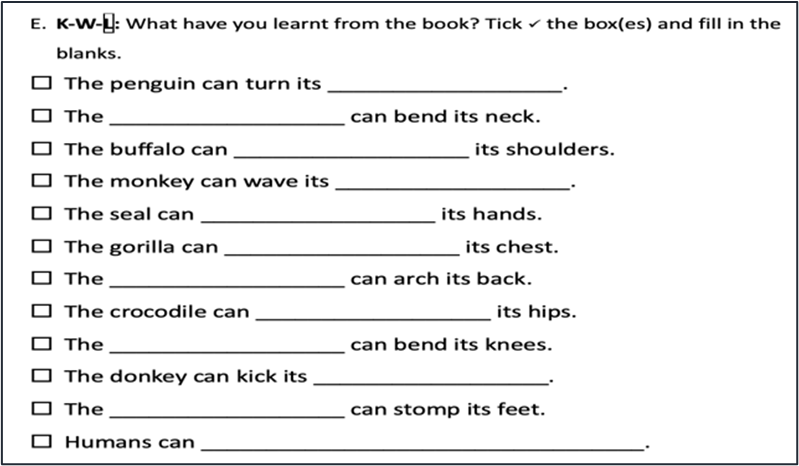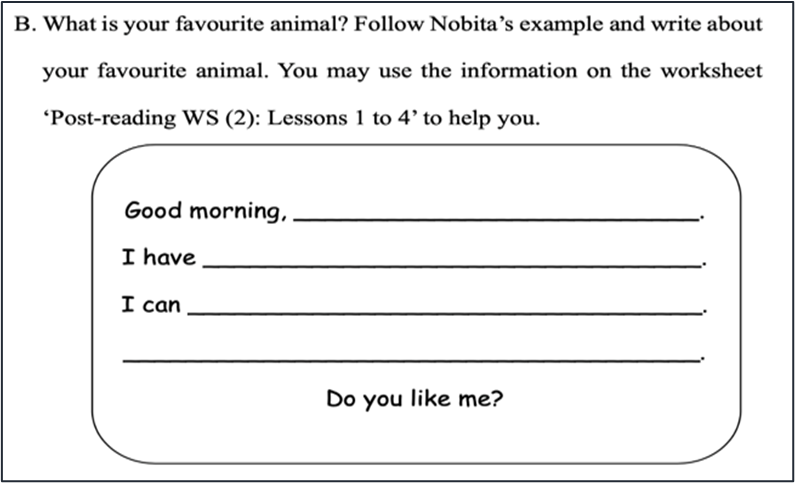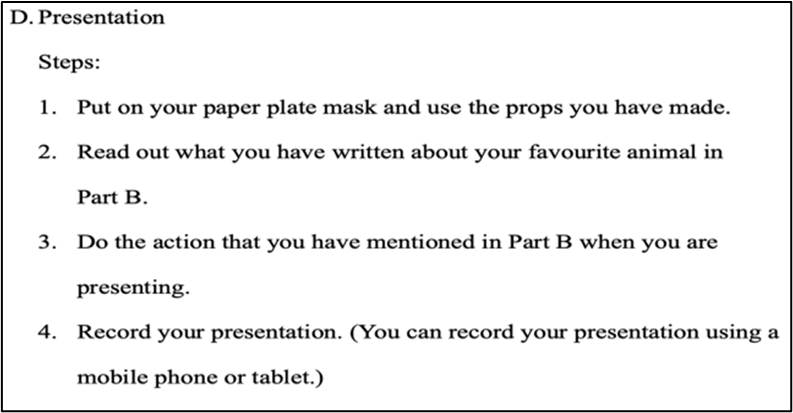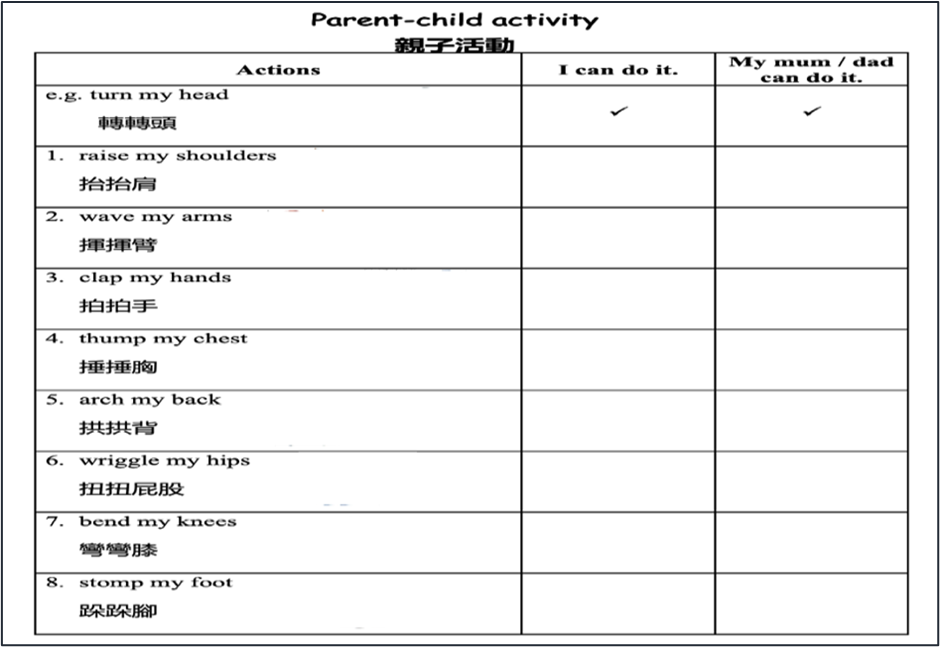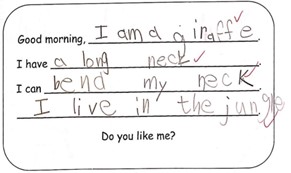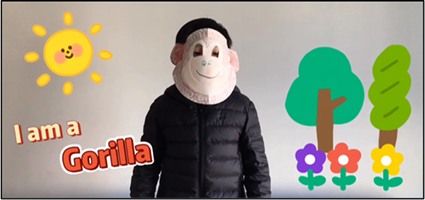Connecting students’ learning experiences across subjects through Reading across the Curriculum
Background
The English Language teachers of CCC Chun Kwong Primary School have endeavoured to optimise their school English Language curriculum in recent years through, for example, engaging students in reading authentic texts, building a coherent link between reading and writing, and promoting self-directed learning and e-learning. Leveraging their experience in curriculum planning and adaptation and seeing the need to broaden students’ reading horizons, they made promoting Reading across the Curriculum (RaC) one of their major development focuses in 2020/2021. Through implementing different RaC projects, they aimed to provide opportunities for their students to engage in purposeful and meaningful reading and make connections between their learning experiences across subjects.
This article illustrates how RaC was implemented in the school using one of their RaC projects that involved the collaboration among English Language, General Studies, Visual Arts and Physical Education.
Level
P1
Strategies used
The following strategies were employed to facilitate the planning and implementation of the project:
Identifying common elements across subjects
English Language teachers collaborated with non-language subject teachers to identify common elements across subjects and decide on the theme and sub-themes for reading, the learning objectives and outcomes, the learning activities, and the assessment methods. The cross-curricular collaboration aimed at building connections between students’ learning experiences.Organic integration of different curriculum initiatives into the RaC project
RaC was used as a vehicle for integrating different curriculum initiatives organically. In the RaC project, multifarious tasks were designed to provide opportunities for students to develop their self-directed learning, e-learning, higher-order thinking and generic skills, and engage in purposeful and meaningful assessment tasks and life-wide learning activities. The aim of implementing the project was therefore not only to help students enhance their reading ability, but also to nurture their learning to learn capabilities.Adopting the blended learning approach
The blended learning approach was adopted to increase the flexibility in implementing the RaC project. The thoughtful fusion of synchronous and asynchronous learning experiences through, for example, the use of the flipped learning method, also ensured that the project could be effectively implemented during the suspension of face-to-face classes as a result of the Covid-19 pandemic.
What happened
The planning and implementation of the project can be divided into 7 steps.
Planning
Step 1: Conducting curriculum mapping across subjects
Curriculum mapping among English Language, General Studies, Visual Arts and Physical Education was conducted at the planning stage. The common theme, My Favourite Animals, and sub-themes, Animal Names, Animal Body Parts and Animal Body Movements, were identified as the entry points to the project. The common higher-order thinking skill, compare and contrast, and the common generic skills, creativity and communication skills, were also identified as the major learning focuses.
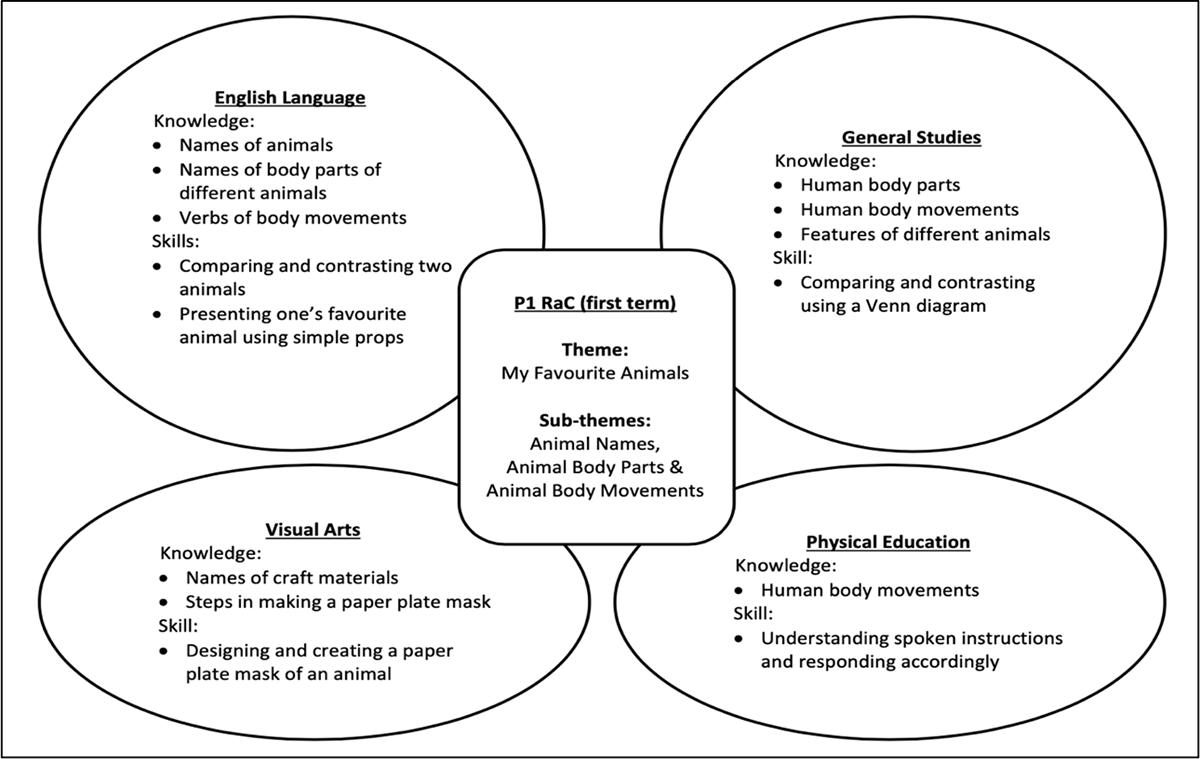
A curriculum map for the RaC project in P1
Step 2: Identifying target reading strategies and choosing relevant texts
Target reading strategies were identified based on the Learning Progression Framework for English Language. Two authentic texts matching the theme and sub-themes of the project were chosen to help students develop these strategies.
Authentic texts |
Reading strategies |
|
|
|
Step 3: Creating space for the implementation of the RaC project
To create space for the implementation of the RaC project, vocabulary and grammar items in the project were matched with those in the textbooks, some reading passages in the textbooks were assigned as self-learning tasks and the teaching schedule of some textbook units was rearranged.
Implementation
Step 4: Fostering self-directed learning
At the start of the project, students completed a variety of pre-reading tasks designed to help them develop their self-directed learning capabilities including setting learning goals and locating and accessing resources to learn. These tasks also aimed at increasing students’ interests in the theme, activating their prior knowledge and helping them establish a purpose for reading.
Tasks |
Purposes |
An excerpt of the learning contract to be signed by students |
|
Students learning background knowledge by accessing a link to a song on YouTube |
|
Students writing down what they know related to the sub-themes Students indicating what they want to know from one of the texts |
|
Step 5: Teaching content knowledge and skills in different subjects
English Language and content subject teachers involved taught different content knowledge and skills related to the theme and sub-themes, and synchronised their teaching as far as possible. Different strategies were also employed to help students develop an interest in reading and enhance their reading ability, acquire and construct new knowledge, cultivate higher-order thinking skills, establish links between knowledge and skills across subjects, and maximise their learning.
Knowledge/skills |
Strategies |
Purposes |
English Language
|
Explicit teaching of the reading strategy – predicting the content using the book covers and prior knowledge |
|
General Studies
|
|
|
English Language and General Studies
|
Teaching students to compare and contrast two kinds of animals using a Venn Diagram |
|
English Language and Visual Arts teachers also employed different blended learning strategies, such as the flipped learning method, to compensate for the reduction of lesson time during the suspension of face-to-face classes.
Knowledge/skills |
Strategies |
Purposes |
Visual Arts |
Excerpts from the pre-recorded teaching video teaching students craft materials and steps in making a paper plate mask |
|
English Language
|
|
Step 6: Engaging students in purposeful and meaningful learning and assessment tasks
Students completed a variety of purposeful and meaningful tasks to demonstrate their learning outcomes. These tasks aimed at providing opportunities for students to apply what they had learnt in the subjects involved, helping them establish links across subjects, fostering their creativity and communication skills, nurturing their learning to learn capabilities, and promoting home-school cooperation.
Tasks |
Purposes |
English Language
Students reflecting on their reading experiences in a simplified KWL chart |
|
English Language
Students writing about their favourite animals |
|
Visual Arts
|
|
English Language
Students making a presentation video of their favourite animals |
|
English Language
|
|
Physical Education
|
|
Life-wide learning activity
Students recording and assessing their own and parents’ performance in a parent-child activity |
|
Evaluation
Step 7: Evaluating the project
An evaluation was carried out after the project was implemented. The teachers involved assessed the effectiveness of the project by looking at different aspects of the project, such as whether the cross-curricular theme and sub-themes were of great interest to students, whether the learning tasks had promoted self-directed learning and maximised students’ learning as planned, and whether the assessment tasks had successfully nurtured their learning to learn capabilities. Student work was analysed to determine how far they had achieved the learning objectives. Suggestions for improving the design of the project and enhancing cross-curricular collaboration were also made.
Impact
Student learning
Through active engagement in the self-directed learning, e-learning, assessment and life-wide learning tasks, students’ learning to learn capabilities were enhanced. Evident improvements were found in the following areas:
Students’ reading ability was enhanced because of the explicit teaching of specific reading strategies. From teachers’ observations, students had become better at understanding what they were reading as they were equipped with different reading strategies, such as locating key words in a sentence and following predictable texts.Students’ reading experiences were also enriched. Their reading horizons were broadened because of increased exposure to different authentic texts related to the cross-curricular theme and sub-themes. Their knowledge was deepened through the connections made across the subjects involved. This can be seen from students’ performance in the final writing task (as shown in the pictures). They successfully applied the knowledge they acquired in different subjects in their writing. |
Students describing their favourite animals using |
With the interesting theme and quality authentic texts provided, students were highly motivated to read. When evaluating the effectiveness of the project, teachers expressed that students looked forward to reading the texts. A high mean score of 4.25 (five-point scale) was obtained in the survey conducted at the end of the project, reflecting students’ keen interest in reading the authentic texts.Students were also very engaged in the learning tasks as they were purposeful, meaningful and fun. These engaging tasks (as shown in the pictures) provided opportunities for students and their parents to be actively involved in the learning process. A high mean score of 4.25 (five-point scale) was obtained in the same survey, showing their high level of enjoyment. |
A presentation video produced by a student |
A picture showing a student and his mother performing |
Teachers' professional development
Increased knowledge of RaC
Teachers broadened and deepened their understanding of RaC and became more aware of the significance of strengthening connections among students' learning experiences across subjects. They also enhanced their capabilities to integrate RaC into the school English Language curriculum and became more adept at using RaC as a vehicle for integrating different curriculum initiatives. The renewed school English Language curriculum, therefore, not only covered the learning and teaching of English, but also highlighted students' learning experiences across subjects and learning to learn capabilities.An extended teaching repertoire
Teachers' teaching repertoire was extended as they employed a variety of strategies in the RaC project, such as engaging students in tasks that helped develop their self-directed learning capabilities, using authentic texts to broaden their reading exposure, explicitly teaching reading, higher-order thinking and generic skills that could be applied in different subjects, adopting the flipped learning method to maximise students' learning, and engaging students in a fun life-wide learning activity to enrich their learning experiences. Teachers' extended repertoire resulted in a good balance between the teacher-centred and student-centred environments and an increase in learning and teaching effectiveness.
Conclusion
RaC and various curriculum initiatives were successfully integrated into the school English Language curriculum through the implementation of different RaC projects including the above-mentioned P1 project. The success was largely attributable to the collaborative efforts of the English Language and content subject teachers involved. Their accomplishments also came from the teachers’ receptiveness to new ideas, creativity and teamwork, and the leadership of the English panel head.
To extend the promotion of RaC and strengthen the connections among students’ learning experiences across subjects, further possibilities of cross-curricular collaboration can be explored. A whole-school approach to promoting RaC may even be employed. RaC can also continue to be used as a vehicle for implementing other curriculum initiatives such as promoting values education and Life Planning Education. Space, however, must be deliberately created in the school curriculum for both teachers and students in order to ensure a high level of learning and teaching effectiveness.
Bibliography
Curriculum Development Council. (2014). Basic Education Curriculum Guide – To Sustain, Deepen and Focus on Learning to Learn (Primary 1 - 6). Hong Kong: Author.
CCC Chun Kwong Primary School
Max TSANG (Language Support Officer)
